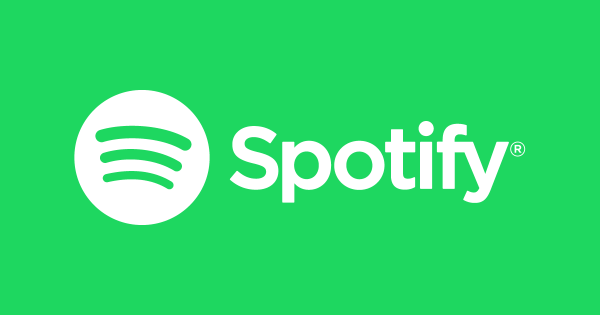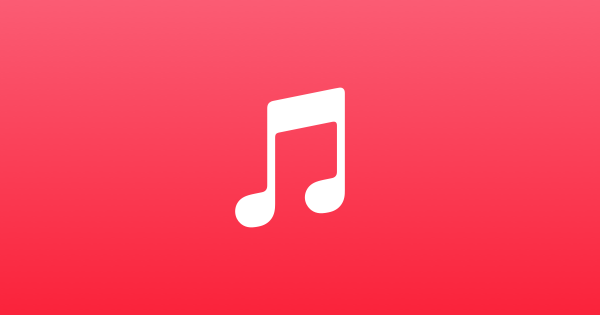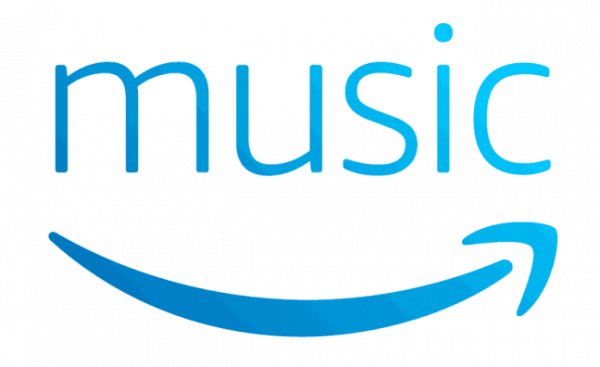If you’ve ever owned an Android phone, then you’d be familiar with its flagship music player app Google Play Music. Whether you’ve used it to bop to your beats or not, the app no longer exists, having been shut down back in May 2020. Although this was already in the works for a while, the announcement still came as a bit of a shocker to people, as Google Play Music did a decent job as a music player. In this article, we explore 10 reasons why the curtain was drawn over Google Play Music.
10 Reasons Why Google Play Music Shut Down
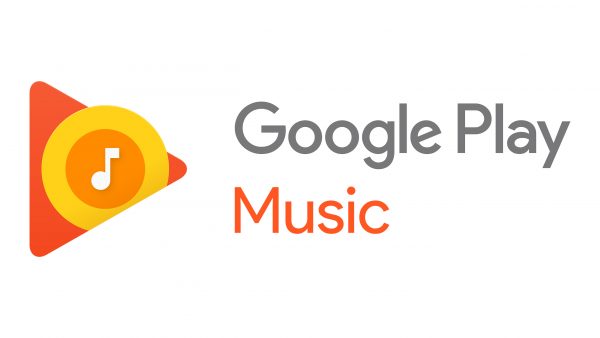
Google Play Music’s shutdown began in September 2020, starting from South Africa and New Zealand, before the rest of the world followed suit. Here’s why:
1. Google Play Music & Google Music Services Were Confusing
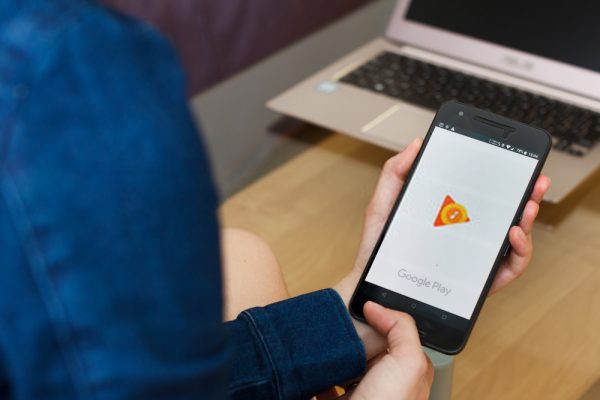
It’s no secret that Google has a hit-or-miss track record when it comes to its services. Sure, the Google search engine, Gmail, Google Drive, and Google Photos are doing pretty well. However, we can’t say the same for other Google services, especially its attempts at social platforms. Remember Google Plus?
While Google Play Music wasn’t as big of a train wreck as Google Plus was, it did have issues. One of these was that the app had nothing to do with Google itself. Rather, it had to do with Google’s confusing strategy.
Before the shutdown, you could gain access to Google Music via YouTube Premium (formerly YouTube Red). The reverse was also true, where you could subscribe to Google Play Music and gain access to YouTube Premium.
This might sound plain and simple, but it gets complicated. Google already offered music streaming through Google Music in this way. However, it also offered a separate subscription through YouTube Music. It’s a different streaming service from Google Play Music, but both were under Google. This confused a lot of users and fragmented Google’s market share.
2. Self-Competing And Self-Defeating
At the time, there was already heavy competition within the music streaming service industry. You have the industry leader Spotify, followed by Apple Music and other streaming services like Deezer. Unfortunately, with so many to choose from, having two separate services both under Google only hindered their growth.
This is presumably one of the reasons why Google Play Music was let go. Offering separate streaming services was doing more harm than good. Google Music not only had to compete with other companies, but it also had to compete with itself. While “competing with oneself” is good on a personal level, it’s not always ideal for business.
3. Keeping Both Is Unnecessarily Costly
Apart from the self-defeating nature of Google’s music streaming offerings, Google Play Music was simply unnecessary. While the service offered users a great music experience, it just didn’t make sense for Google to keep both services up and running.
You could argue that keeping Google Play Music wouldn’t be a big deal. After all, having two streaming services means twice the profit, right? However, this isn’t exactly the case because maintaining two services costs a lot. You have to keep multiple servers running while updating both platforms with different features.
Furthermore, it’s confusing to innovate for both products. Would Google have been able to ensure that both YouTube Music and Google Play Music stood out from the crowd? Also, how could they ensure that the two apps were different enough to warrant maintenance for both? This, along with many other complications, makes it apparent why Google Play Music was shuttered.
4. Out With The Old, In With The New
Everybody knew that Google was swapping out Google Play Music for YouTube Music. In fact, they had actually announced it a few years back—although this project didn’t see progress until 2020. With Google Play Music shut down, Google has now decided to streamline everything music-related into YouTube Music.
Google has been putting work into YouTube Music for years now. While it’s a relatively new service, the userbase thus far has been pretty strong. In fact, it has already garnered 20 million subscribers as of February 2020—pretty promising for a relatively new music streaming service.
5. YouTube’s Brand
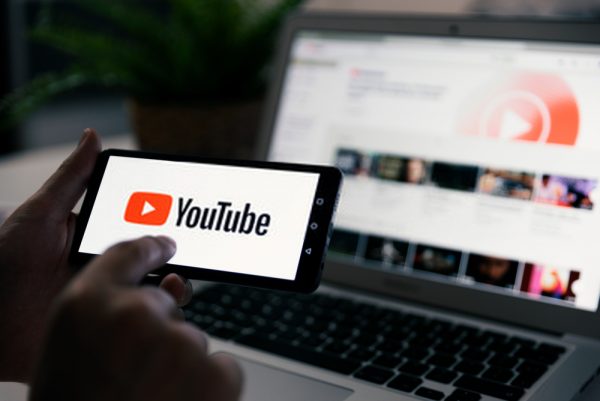
Google Play Music isn’t just shutting down because it’s old and YouTube Music is new. Branding also plays a huge role here, with YouTube having already amassed a strong userbase with its longstanding reputation as the top video streaming platform.
That’s why there’s a lot more potential for growth under the YouTube brand compared to Google Music. This potential is why Google has been aggressively marketing YouTube Music recently—you may even have been interrupted with ads asking you to try this new app when you’re on YouTube.
6. Easier Marketing
Apart from the growth potential, it’s much easier to market YouTube Music to the target audience. That’s because Google can advertise the service directly on the YouTube app. As mentioned earlier, if you’re a non-premium YouTube user, you would have seen regular pop-up ads pushing you to sign up for YouTube Premium and YouTube Music.
7. Streamlining Recommendations
YouTube Music streamlines Google’s recommendations a lot more than Google Music. It does this by not only gathering your data from YouTube Music but also the YouTube app. That means your interests in one service will reflect on the other.
For example, let’s say you watched BTS’s latest music video on the YouTube app. When you open YouTube Music later on, you’ll find that you already have song recommendations from BTS. This kind of integration allows Google to easily streamline your preferences and recommend music accordingly.
8. YouTube Music Has An Inherently Wider Catalog
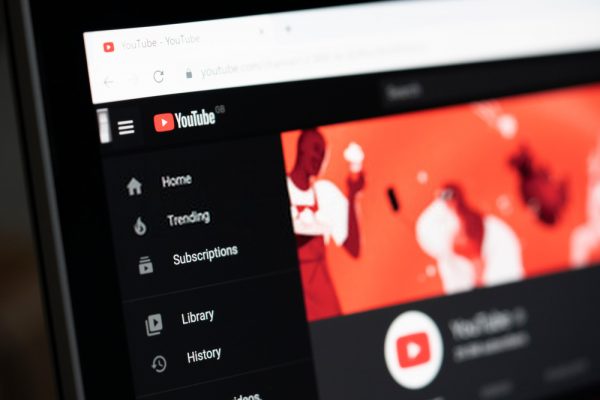
In addition to the aforementioned, Google Play Music just doesn’t have as wide of a catalog that YouTube Music does. That’s because YouTube itself has a larger library, even compared to more established competitors. Google Music is simply inferior to YouTube Music from a catalog standpoint.
9. YouTube Music Is More Versatile

Google Play Music was versatile in its own right. It could stream music, allow for uploads, and let users listen to the podcasts that they want. While this is all well and good, Google has since migrated these features over to YouTube Music. That is except for the podcasts feature, which Google is migrating to Google Podcasts.
YouTube Music takes what Google Music has and further adds on with more features. For example, Google Play Music only allowed 50,000 MP3 uploads to its service. By comparison, YouTube Music allows 100,000—twice that of Google Play Music. It even has a 5x longer playlist length. YouTube Music allows 5,000 songs on a playlist while Google Play Music was limited to 1,000.
10. YouTube Music Is Google Play Music & YouTube Combined

YouTube Music is Google Play Music & YouTube put together. It’s essentially the daughter of both services, offering bits and pieces from either. YouTube Music is—or at least aims to be—the best of both worlds.
It does this not only by streamlining recommendations and using one brand. YouTube Music also integrates parts of YouTube into the music listening experience. For example, YouTube Music can include music videos into the mix of things you listen to. Hence, it not only delivers audio but also visual entertainment.
How To Transfer Your Google Play Music Data To YouTube Music
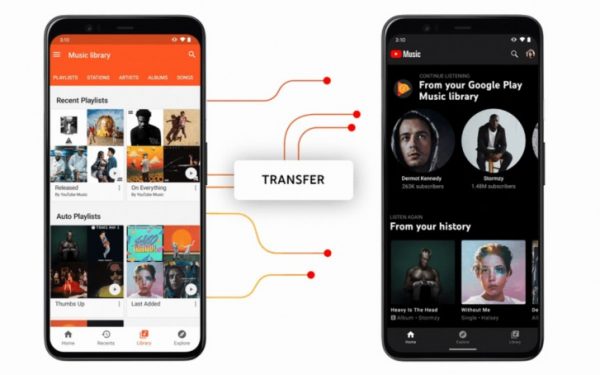
If you were a former Google Play Music user, you might be concerned about your data. After all, it not only kept your playlists and streams but also MP3 files. Thankfully, Google prepared for the shutdown and offered a solution. They introduced a tool for you to easily transfer everything to the new service. Here’s how:
- Launch the App Store (iOS) or the Google Play Store (Android).
- Download and install the YouTube Music app.
- Open either the YouTube Music app or Google Play Music app (it works on both) and tap Transfer.
- This will transfer all your purchases, albums, songs, playlists, likes, and more. It will also transfer data regarding your tastes and preferences to YouTube Music.
After doing this, all your data should transfer to YouTube Music. However, this process can take time depending on how much data you’re transferring. If you have a lot in your library, it could take hours. Don’t worry, you can still use your phone and it’ll run in the background. All you need to do is wait. After it’s finished, you’ll get a notification or email alert.
Alternatives To Google Play Music
Google Play Music has irreversibly shut down. Unfortunately for Google, not everyone agrees with this decision, despite providing YouTube Music as an alternative. Thankfully, Google Music doesn’t have a monopoly on the music streaming industry. There are tons of Google Play Music alternatives if you look around. Here are some of the most popular:
| Name | Description | ||||
|---|---|---|---|---|---|
Spotify |
One of the best alternatives to Google Play Music is undoubtedly Spotify. It’s the biggest music streaming service and one of the most reliable. Spotify is popular for many reasons, one of which being its expansive library. It has one of the biggest catalogs and, similar to Google Music, it offers podcasts. That means with Spotify, you can unify all your audio entertainment under one app. Furthermore, Spotify is fairly easy to use with an intuitive interface and controls. It even has cross-platform synchronization and can detect when you’ve switched devices. You can even control music on one device from another connected one. Spotify has pretty good sound quality overall, but it’s not the best. That’s because it only offers up to 320kbps in terms of audio quality. Still, with its large worldwide catalog and affordable price, audio quality won’t be an issue if you’re not an audiophile. Spotify comes free with ads in between your albums and playlists. However, you can get rid of the ads by paying a $9.99 monthly subscription. It also has a 6-person family plan for just $14.99 monthly. |
||||
Apple Music |
Another one of the largest music streaming services is Apple Music. Like Spotify, it also has a huge library with decent sound quality at around 256kbps. However, Apple Music isn’t as good as Spotify when it comes to recommending playlists. Nevertheless, it’s a solid Google Play Music alternative, especially considering how similar their interfaces are. You might think that it’d be hard to switch to Apple Music if you’re using Android. However, Apple Music is surprisingly not locked to iOS and Mac. You can use it on Windows, although you’ll have to course everything through iTunes. Apple Music also has a dedicated app for Android devices. Apart from this, you may also be concerned about the transition from iTunes. Thankfully, Apple Music allows users to listen to music they purchased from iTunes. That means you don’t have to lose any previously purchased music by subscribing. If you want to check it out, it only costs $9.99 monthly. |
||||
|
If you’re on Amazon Prime, then transitioning to Amazon Music from Google Play Music might be the obvious choice. That’s because you already get access to 2 million tracks with your existing Amazon Prime subscription. You can bump that up to unlimited access to its 60 million+ songs with an $8 discounted subscription. Amazon Music is still a solid choice even if you’re not subscribed to Amazon Prime. It costs the same as Spotify and Apple Music, coming in at $9.99 monthly. With Amazon Prime, you get access to an enormous catalog that is streamed at 256kbps. Moreover, if you’ve bought music on Amazon before, you can port your tracks to Amazon Music. |
|||||
To Greener Pastures
Google has had a long, confusing history when it comes to offering music streaming services. At one point, it had multiple services in the form of Google Play Music and YouTube Music simultaneously running. However, it wasn’t practical to keep it up, and Google chose the latter. Sadly, it’s time to say goodbye to Google Play Music once and for all.

